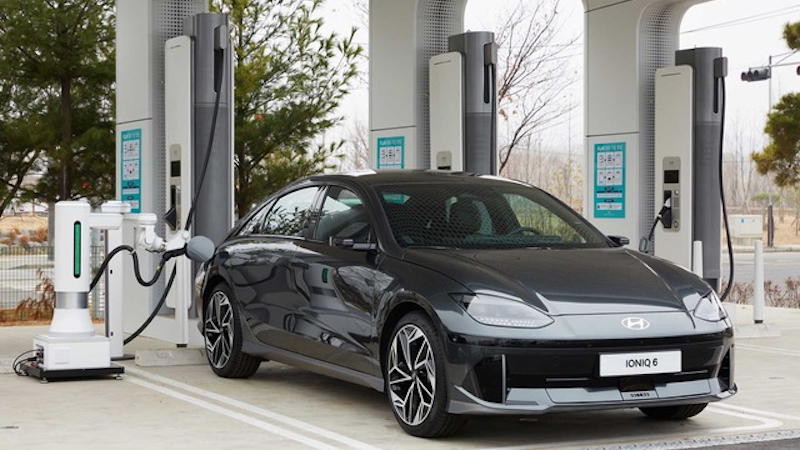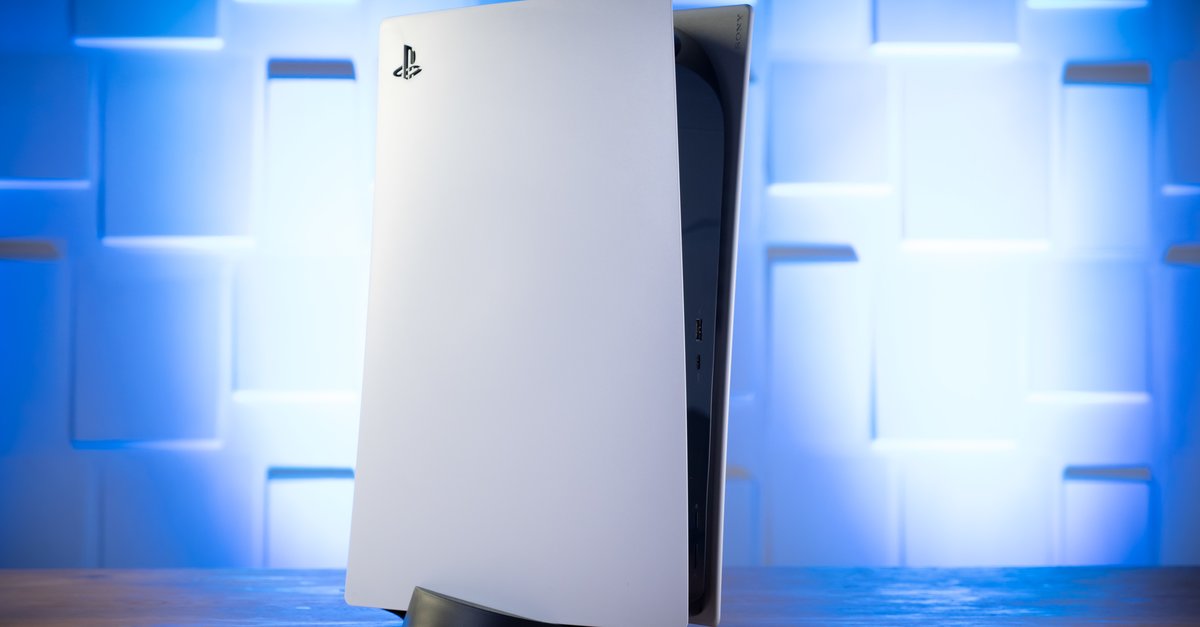Hyundai presents autonomous charging robot for e-cars
At a mobility fair in Seoul, car manufacturer Hyundai presented a charging robot for electric cars. This initiates the charging process completely autonomously.
Electromobility is likely to continue to gain momentum in the years to come. In the meantime, around 618,500 e-cars are on the road in Germany. If you add the plug-in hybrids, the figure is almost 1.2 million vehicles. Of course, comfort before, during and after the journey plays a major role.
Car manufacturer Hyundai therefore wants to make charging electric cars easier. In a video the company recently presented a charging robot that supplies electric cars with electricity in parking lots. To do this, the system approaches the car and connects it to the nearest electric charging station. The vehicle owner does not have to do anything else.
Hyundai: Charging robots for e-cars should make charging more convenient
In addition to the comfort gained as a result, the robot represents a benefit in dark environments or for people with restricted mobility. Because the weight of charging cables is often underestimated. The charging robot also takes into account the parking position, the weather, obstacles, the charging port and the weight of the charging cable.
Because charging often takes place outdoors, Hyundai’s system is dust and waterproof and meets the requirements of IP65. For a first pilot project, the group’s engineers built a charging option outside and placed various obstacles in the way of the robot.
Electromobility: is the autonomous charging robot an added value?
To enable the system to deal with these, Hyundai installed a frame with laser sensors on the loading robot. The system thus detects stationary and moving obstacles relatively reliably. The technology could therefore soon be seen in practical use.
Because especially in interaction with autonomous vehicles, such robots could offer a real multi-way. For example, if the driver gets out at the entrance to the underground car park and the car parks itself, the system could initiate the charging process. When the car owner returns, he has a freshly charged battery at his disposal.
Also interesting:



